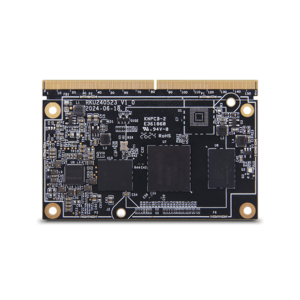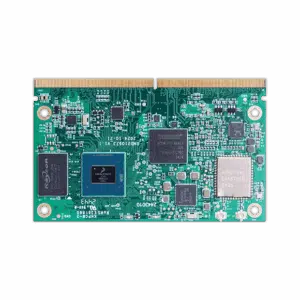Geniatech SoMs: Enhanced Stuck Efficiency with Complete BSP and OS Support
Stuck purposes are getting significantly diverse, challenging variable and scalable solutions to generally meet their evolving needs. That is where system on module enter into play. These lightweight, ready-to-use embedded techniques give you the blocks for developers to produce high-performance, personalized solutions with ease.

Why are computer-on-modules getting therefore significantly traction in the embedded methods business? The clear answer is based on their scalability and performance, making them the go-to choice for industries from commercial automation to artificial intelligence. Below, we take a deeper look at the significance of CoMs and how they're surrounding the ongoing future of stuck applications. What Are Computer-On-Modules? Computer-on-modules (CoMs) are small, self-contained processing systems that integrate crucial components such as for example processors, storage, interfaces, and systems onto an individual module. Built to function as core of a custom software, they can be coupled with a provider table to grow features and adjust to certain use cases. CoMs give modular options, removing the need for engineers to design a processing core from scratch. As an alternative, they are able to dedicate energy to innovating other aspects of the application, which fundamentally increases time-to-market while lowering development costs. Why CoMs Are Revolutionizing Stuck Applications 1. Scalability Without Upgrade Scalability is one of many standout great things about CoMs. Hardware designers may target numerous efficiency degrees simply by sharing segments, because of standardized board layouts. That modular approach removes the prerequisite of upgrading electronics for every single efficiency tier. Whether for low-power IoT devices or high-performance machine learning programs, CoMs provide unmatched flexibility. 2. Reduced Development Time Time-to-market is usually important for industries innovating in fast-moving environments. CoMs improve this technique by establishing the absolute most critical computing components in to a pre-tested module. This allows executive groups to concentrate on developing carrier boards or creating software, rather than managing all facets of the hardware. 3. Space Efficiency Lightweight measurement is still another remarkable attribute of CoMs. Given the integration of multiple components right into a simple, little sort element, these segments are perfect for programs wherever space reaches reasonably limited, such as medical gear, robotics, and client electronics. 4. Support for Sophisticated Functions To meet the needs of contemporary purposes, CoMs often include help for cutting-edge technologies such as for instance 5G connection, GPU velocity, and real-time data processing. They permit designers to access these features without the challenges of developing complicated hardware from the ground up. Industries Benefiting from CoM Solutions The usefulness of computer-on-modules ensures their existence across a variety of industries. Some of the crucial industries that benefit include: 1. Commercial Automation CoMs give trusted and scalable computing energy for process control, robotics, and real-time monitoring in industrial environments. Their compatibility with high-speed connectivity allows easy integration into Business 4.0 ecosystems. 2. Medical Engineering Applications like patient checking, diagnostic gear, and imaging techniques need detail, consistency, and high-performance computing. CoMs produce all of these, with the included advantage of lightweight models for space-constrained devices. 3. Synthetic Intelligence CoMs optimized for GPU efficiency are a popular selection for AI-powered purposes like side research, face acceptance, and intelligent monitoring systems. They allow effective inference and real-time data analysis.

4. Automotive Programs Modern vehicles demand embedded options for infotainment systems, ADAS (Advanced Driver Support Systems), and diagnostics. CoMs match these needs by giving regular performance, durability, and reliability. The Future of Embedded Processing The continuing future of embedded research depends greatly on scalable and modular solutions. With increasing demand for invention across all sectors, CoMs can remain a vital enabler for corporations trying to keep ahead of the curve. Their ability to lessen complexity, increase scalability, and reduce growth time makes them a crucial portion in the toolkit of hardware engineers. For corporations seeking to produce high-performance programs without limiting on development pace or quality, buying computer-on-modules is without a doubt a step in the right direction.